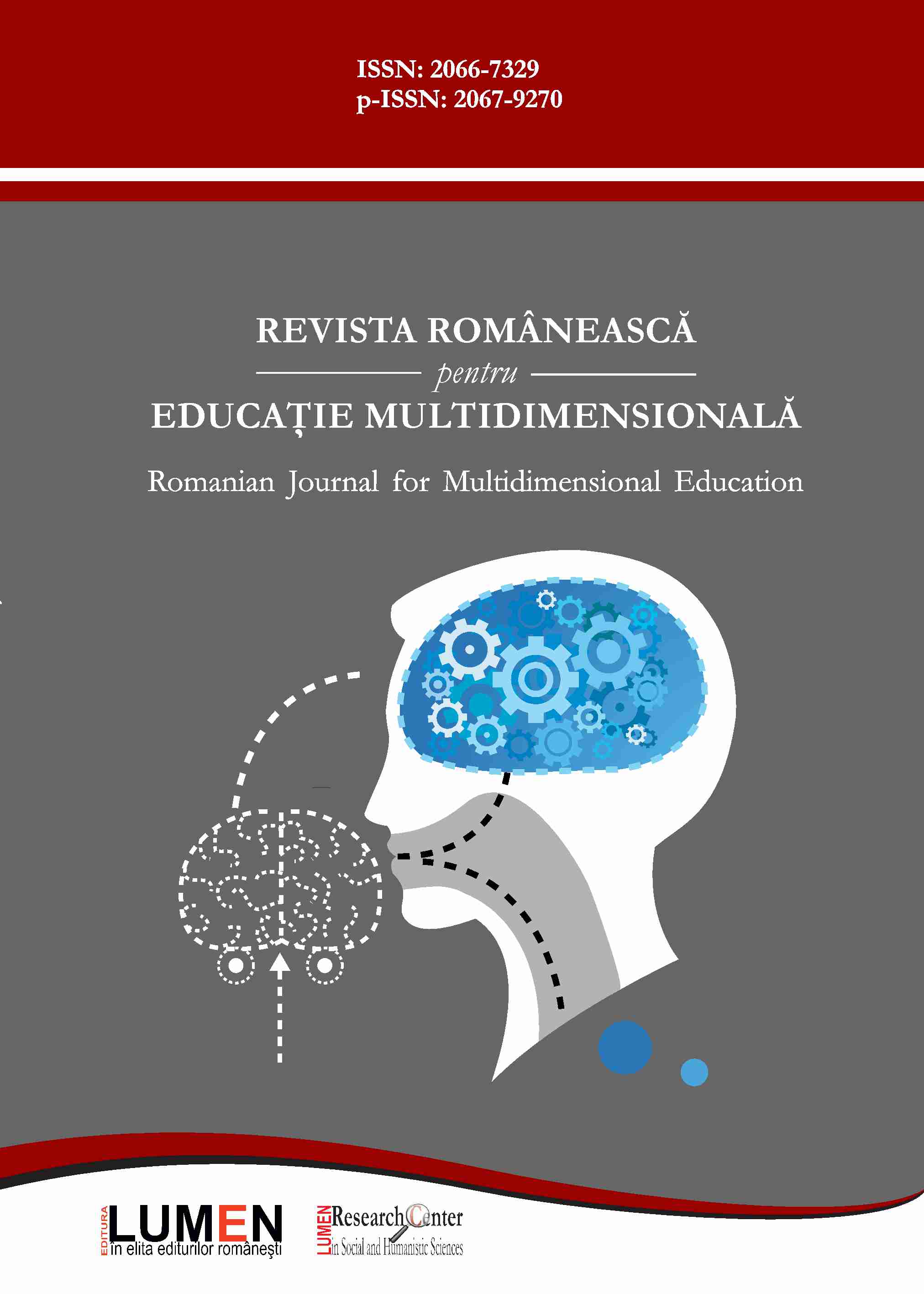Blended Education: Patterns of Implementation at Sumy State University
Blended Education: Patterns of Implementation at Sumy State University
Author(s): Iryna Liashenko, Lyudmyla HnapovskaSubject(s): Higher Education
Published by: Editura Lumen, Asociatia Lumen
Keywords: information technologies; blended learning; higher education;
Summary/Abstract: Recent years have been marked by an increasing global trend in the implementation of blended learning techniques at tertiary level education. This tendency has been growing in Ukrainian universities. Although blended education in Ukraine seems nowadays to increase, the efficiency of using blended teaching is still unclear. Today most universities started using distance learning and transfer to the blended system of education in classes. The scholars argue about advantages and disadvantages of conventional and blended education as both methods have positive sides and drawbacks. The successful integration of blended education into the educational process was proved by numerous studies. The present study was designed to determine the effect of blended education on the learning process. The first question in the study was to identify the main spheres of blended education influencing the educational process. The second question sought to determine the readiness of Sumy State University students to transition to a blended educational process. At the first stage, a technical task was agreed, a program and tools were developed, a schedule of information gathering was developed. At the second stage, the collection of information, the collecting of questionnaires, their computer processing, the formed tables, and the reports were prepared. The responses obtained from the service of the students showed that most of the students clearly understand the system of blended learning, feel positive about it and are more motivated in their learning. This piloting experience launched the positive practice of implementation of blended education in the educational process, where it is highly recommended to use the elements of blended education in classroom activity as additional individual work in the virtual online environment as a widening effect of classroom work with the help of modern electronic devices and technologies.
Journal: Revista Românească pentru Educaţie Multidimensională
- Issue Year: XI/2019
- Issue No: 3
- Page Range: 141-162
- Page Count: 21
- Language: English

